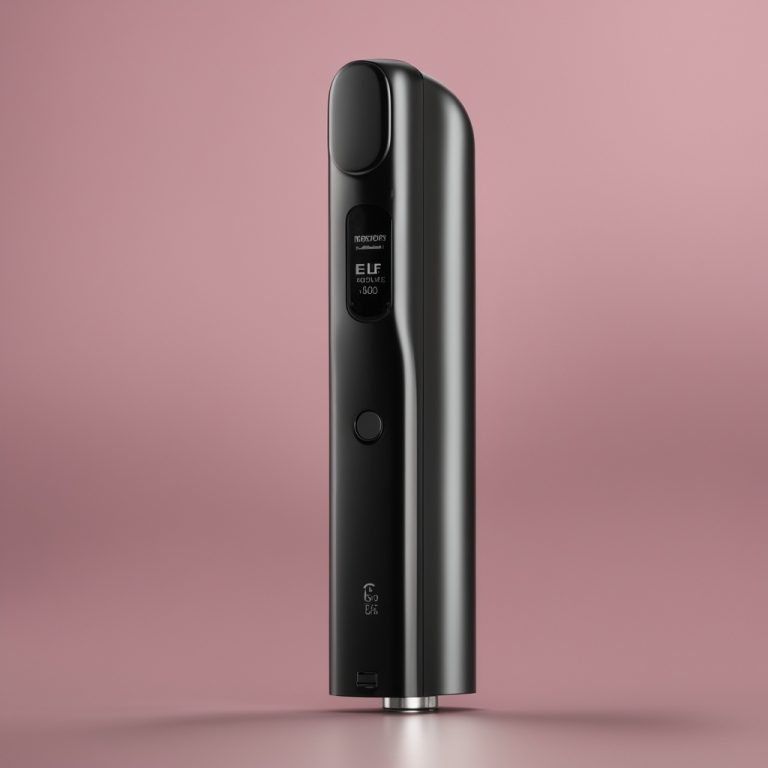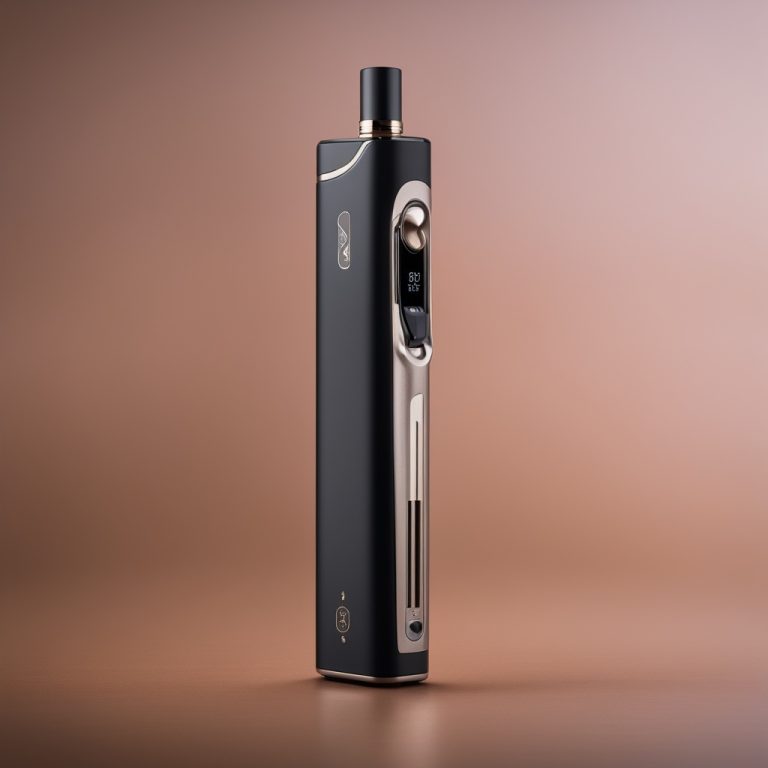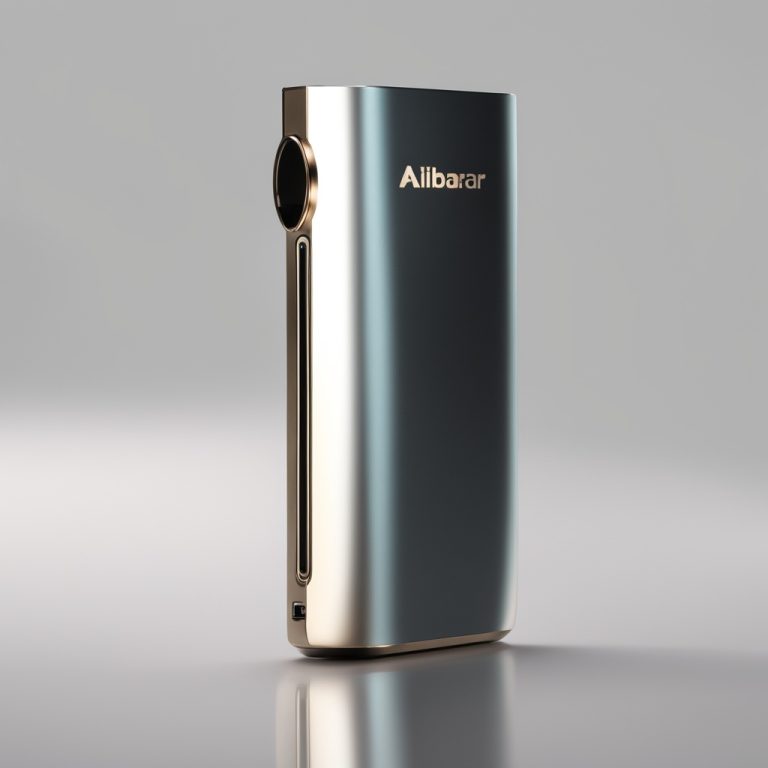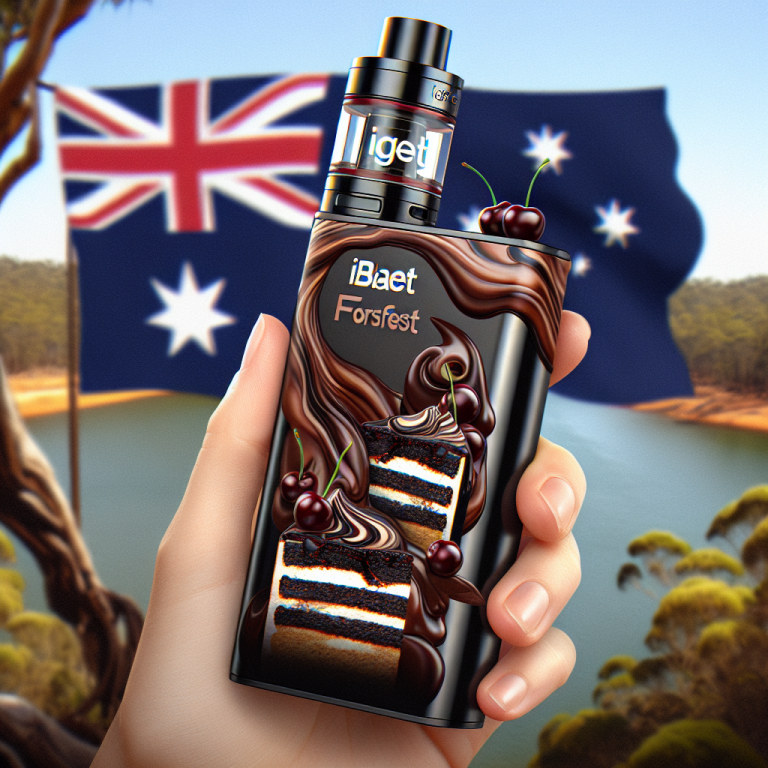
Understanding Nicotine Vape E-Cigarettes: A Comprehensive Guide
Nicotine vape e-cigarettes have become a popular alternative to traditional smoking, offering users a way to consume nicotine without burning tobacco. But what exactly are they?
How do they work?
And what should you know before trying one? This article will explore these questions and more, providing a detailed overview of nicotine vape products.
What Are Nicotine Vape E-Cigarettes?
A nicotine vape e-cigarette is an electronic device designed to simulate the act of smoking by producing an aerosol, often referred to as vapor. Unlike traditional cigarettes, which burn tobacco and produce smoke, nicotine vape devices heat a liquid (e-liquid or juice) that contains nicotine, flavorings, and other ingredients. This process creates vapor, which users inhale.
The key components of a nicotine vape e-cigarette typically include:
- A battery to power the device
- A heating element (coil)
- A cartridge or tank for holding the e-liquid
- A mouthpiece for inhaling vapor
These devices come in various shapes and sizes, from small, disposable units to larger, customizable mods that allow users to adjust settings like voltage or wattage.
How Do Nicotine Vape E-Cigarettes Work?
Understanding how nicotine vape e-cigarettes work is essential for anyone considering their use. The process involves several steps:
- The user inhales through the mouthpiece, triggering a sensor that activates the battery.
- The battery powers the heating element (coil), which heats the e-liquid in the tank or cartridge.
- Heating the liquid turns it into vapor, which is then inhaled by the user.
- Nicotine and other substances are absorbed into the bloodstream through the lungs, delivering a nicotine hit similar to smoking.
This method of delivery is often seen as less harmful than traditional cigarettes because it eliminates many of the toxic chemicals produced by burning tobacco. However, it’s important to note that nicotine vape products still contain nicotine, which is addictive.
The Benefits of Nicotine Vape E-Cigarettes
Many people turn to nicotine vape e-cigarettes as a potential tool for quitting smoking. Here are some of the benefits:
- Reduced Exposure to Harmful Chemicals: Unlike traditional cigarettes, which produce thousands of toxic chemicals when burned, nicotine vape e-cigarettes do not involve combustion, potentially reducing exposure to harmful substances.
- Customizable Nicotine Levels: Users can choose e-liquids with varying levels of nicotine, allowing them to gradually reduce their nicotine intake over time.
- Variety of Flavors: The availability of countless flavors makes the experience more appealing and customizable for users.
- Discreet Usage: Many nicotine vape e-cigarettes are designed to be discreet, allowing users to vaporize in places where smoking is prohibited.
These benefits have led many smokers to consider nicotine vape products as a potential pathway to quitting smoking altogether.
The Risks of Nicotine Vape E-Cigarettes
While nicotine vape e-cigarettes may offer some benefits, they are not without risks. It’s important to weigh the pros and cons before deciding to use them.
- Nicotine Addiction: Nicotine is highly addictive, and even in vapor form, it can lead to dependence. This can make quitting difficult for some users.
- Potential Health Risks: While generally considered less harmful than traditional cigarettes, nicotine vape e-cigarettes are not risk-free. The long-term health effects of inhaling vaporized chemicals are still being studied.
- Lung Irritation: Some users report lung irritation or other respiratory issues after using nicotine vape e-cigarettes.
- Accidental Nicotine Poisoning: E-liquids contain concentrated nicotine, which can be dangerous if ingested or absorbed through the skin in large amounts.
It’s also worth noting that the FDA regulates nicotine vape e-cigarettes, but the industry is still evolving. Users should stay informed about regulations and product safety.
Frequently Asked Questions About Nicotine Vape E-Cigarettes
If you’re considering using nicotine vape products, you likely have questions. Here are some common ones:
- Are nicotine vape e-cigarettes safe? While they may be safer than traditional cigarettes, they still pose risks. More research is needed to fully understand their long-term effects.
- Can I use nicotine vape e-cigarettes to quit smoking? Some users find them helpful for quitting smoking, but others may become dependent on them instead of quitting altogether.
- Are there age restrictions on using nicotine vape e-cigarettes? Yes, in many places, the legal age to purchase or use these products is 18 or older due to concerns about youth vaping.
- Can I use nicotine vape e-cigarettes anywhere? No, many public places prohibit their use due to secondhand vapor concerns and local regulations.
If you’re considering using nicotine vape e-cigarettes for smoking cessation, consult with a healthcare provider to discuss the best approach for your situation.
Conclusion
Nicotine vape e-cigarettes represent a significant shift in how people consume nicotine. They offer potential benefits as tools for quitting smoking and reducing harm compared to traditional cigarettes. However, they also come with risks, including addiction, health concerns, and regulatory challenges.
If you’re thinking about using nicotine vape products, it’s important to approach them with caution and do your research. Understanding how they work, their benefits and risks, and being aware of the regulations surrounding them can help you make an informed decision.
Ultimately, whether nicotine vape e-cigarettes are right for you depends on your individual circumstances and goals. Always consult with a healthcare professional when making decisions about your health.
Nicotine Vape E-Cigarettes: A Comprehensive Overview
In recent years, nicotine vape e-cigarettes have emerged as a popular alternative to traditional cigarettes, offering users a different way to consume nicotine. This article explores the benefits, risks, and considerations associated with these devices.
How Nicotine Vape E-Cigarettes Work
Nicotine vape e-cigarettes function through a series of steps:
1. Activation: Inhaling through the mouthpiece triggers a sensor that activates the battery.
2. Heating Element: The battery powers a heating coil, which heats the e-liquid in the tank or cartridge.
3. Vaporization: The heated liquid turns into vapor, which is then inhaled by the user.
4. Nicotine Delivery: Nicotine and other substances are absorbed into the bloodstream through the lungs.
This method avoids combustion, potentially reducing exposure to harmful chemicals found in traditional cigarettes.
Benefits of Nicotine Vape E-Cigarettes
1. Reduced Chemical Exposure: No combustion means fewer toxic chemicals compared to smoking.
2. Customizable Nicotine Levels: Users can choose e-liquids with varying nicotine concentrations, aiding in gradual reduction.
3. Flavor Variety: A wide range of flavors enhances user experience and customization.
4. Discreet Usage: Designed for subtle use, allowing vaporization where smoking is banned.
Risks Associated with Nicotine Vape E-Cigarettes
1. Nicotine Addiction: Highly addictive, leading to dependence in some users.
2. Potential Health Risks: Long-term health effects of vaporized chemicals are still under study.
3. Lung Irritation: Some users experience respiratory issues from vapor inhalation.
4. Accidental Poisoning: E-liquids contain concentrated nicotine, posing risks if ingested or absorbed in large amounts.
Frequently Asked Questions
1. Safety: While potentially safer than cigarettes, risks remain; more research is needed.
2. Quit Smoking Aid: Some find them helpful, but others may become dependent instead of quitting.
3. Age Restrictions: Often restricted to 18+ due to youth concerns.
4. Usage Regulations: Many places prohibit use in public areas.
Conclusion
Nicotine vape e-cigarettes offer potential benefits as harm reduction tools and smoking cessation aids. However, they come with risks, including addiction and health concerns. Users should approach them cautiously, considering individual circumstances and consulting healthcare professionals for informed decisions. Always stay updated on regulations and product safety to make the best choice for your health.





